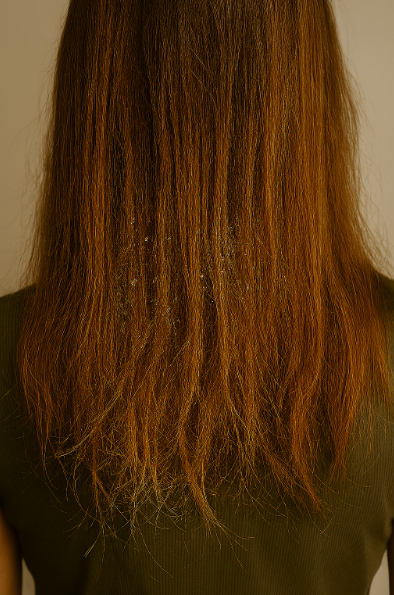Heat styling can give hair that polished, magazine-ready finish, but it also takes a toll. This guide explains what heat actually does to hair, how to stop damage before it starts, and how to revive strands that have already seen better days.
What Heat Does to Hair
High heat lifts and cracks the hair cuticle, exposing the cortex that holds strength and elasticity. Once the cuticle is compromised, hair becomes dry, brittle, prone to breakage, loses its natural texture and shine, and tangles more easily. Visible signs include dullness, frizz, split ends, white nodules at the tips, loss of curl pattern, and excess shedding. Prevention matters because some structural damage can’t be fully reversed.
Repair Strategies That Deliver Results
- Get regular trims. Dusting the ends every 6–8 weeks stops split ends from traveling up the shaft and makes hair look healthier immediately.
- Deep condition weekly with masks that contain keratin, shea butter, argan oil, or coconut oil. A consistent routine will restore softness and manageability.
- Use bond-building treatments when appropriate. Products designed to rebuild internal bonds improve strength and reduce breakage; they’re particularly useful after repeated heat or chemical exposure.
- Try hot oil treatments on damp hair. Warm oil (coconut, olive, or argan) left on for 30–60 minutes boosts moisture and can temporarily smooth frizz.
- Clarify occasionally to remove buildup, then follow with a protein-rich conditioner. Don’t over-wash—two to three washes a week is reasonable for most people.
- If damage is severe and relentless, the healthiest option may be to cut the worst parts off and let hair regrow from healthy roots.
Lifestyle and Nutrition That Support Stronger Hair
- Hair reflects overall health. A balanced diet rich in protein, omega-3 fatty acids, and vitamins A, C, D, and E to support growth and resilience.
- Hydration: Water matters for the cellular processes that keep hair pliant.
- Sleep and Destressing Activities. Chronic stress and poor sleep show up in weaker, thinner hair over time.
Final Note
Use heat styling thoughtfully. Protect first, lower temps, condition often, and cut clean when needed. Small changes—consistent heat protection, fewer styling sessions, weekly deep conditioning, and a couple of smart trims—make a dramatic difference in how hair looks and how long it lasts. Keep the style, lose the damage, and your hair will thank you by behaving like the polished, resilient mane you want it to be.
If you need help with your heat-damaged hair, or to prevent heat-damaged hair, Dunedin Hair Design has several services and solutions for you.
